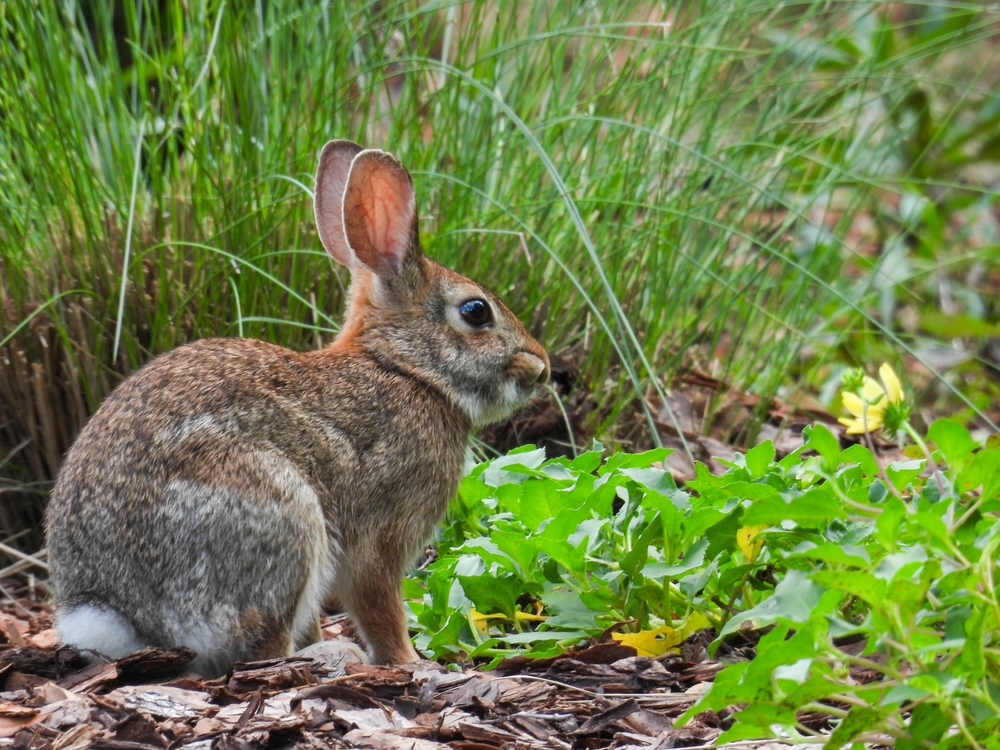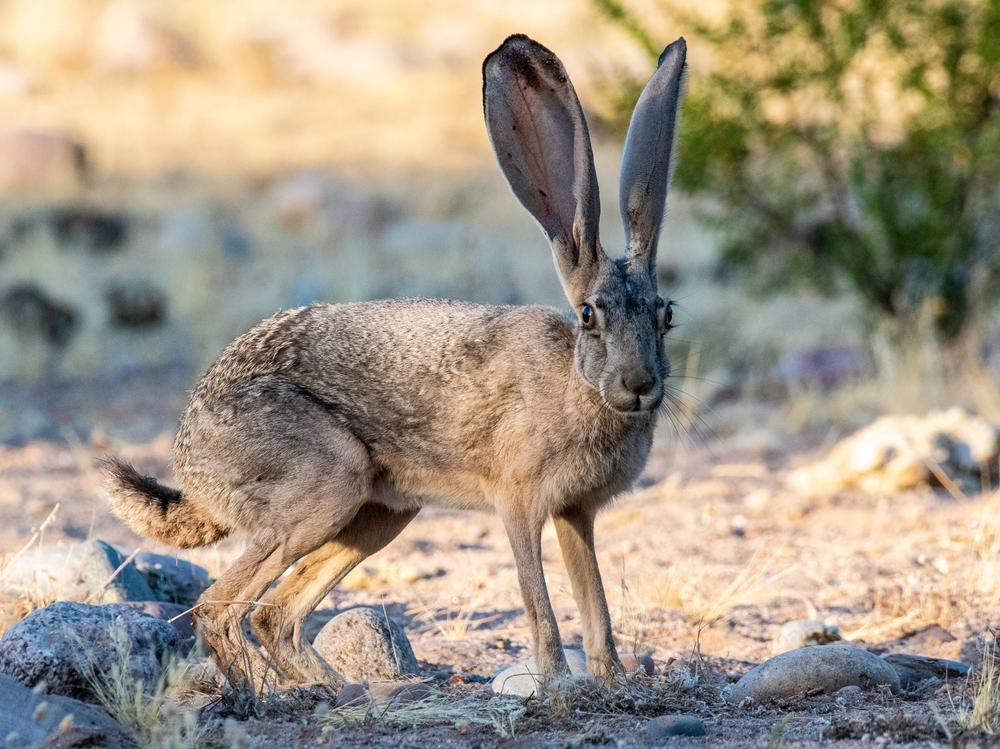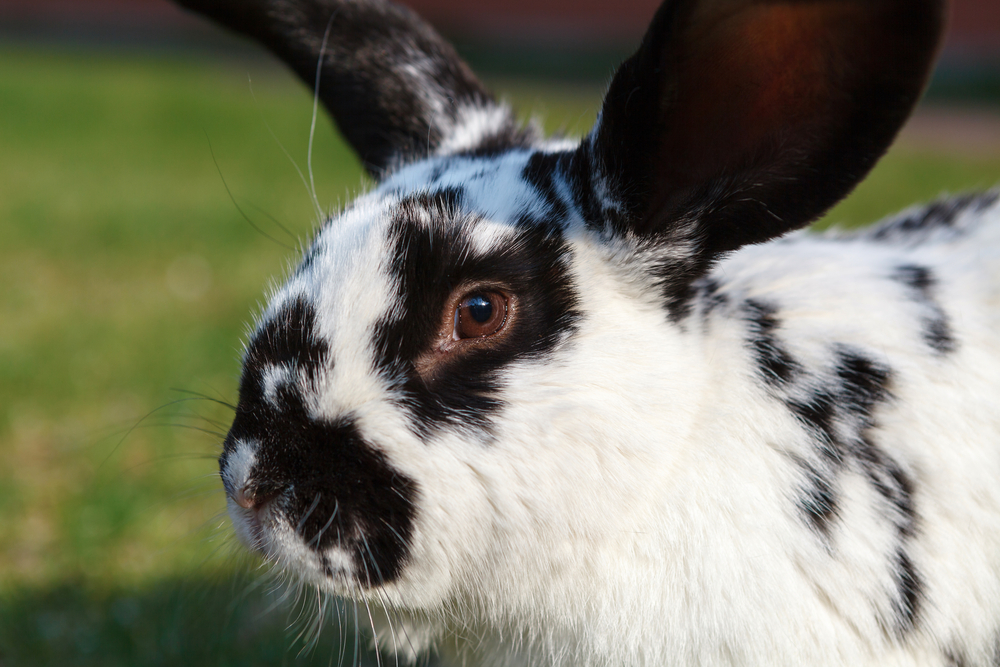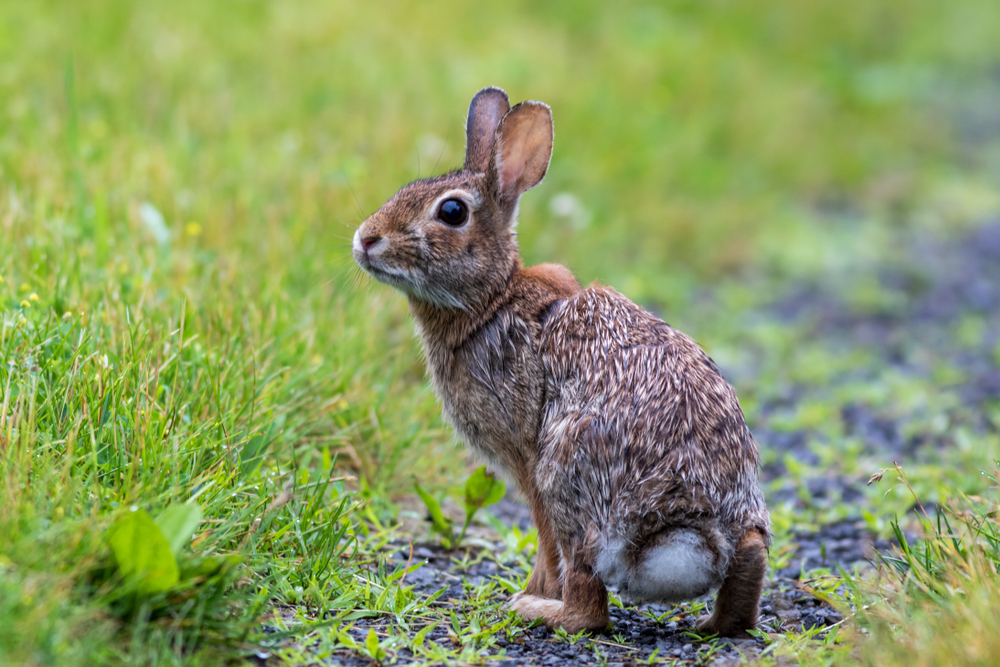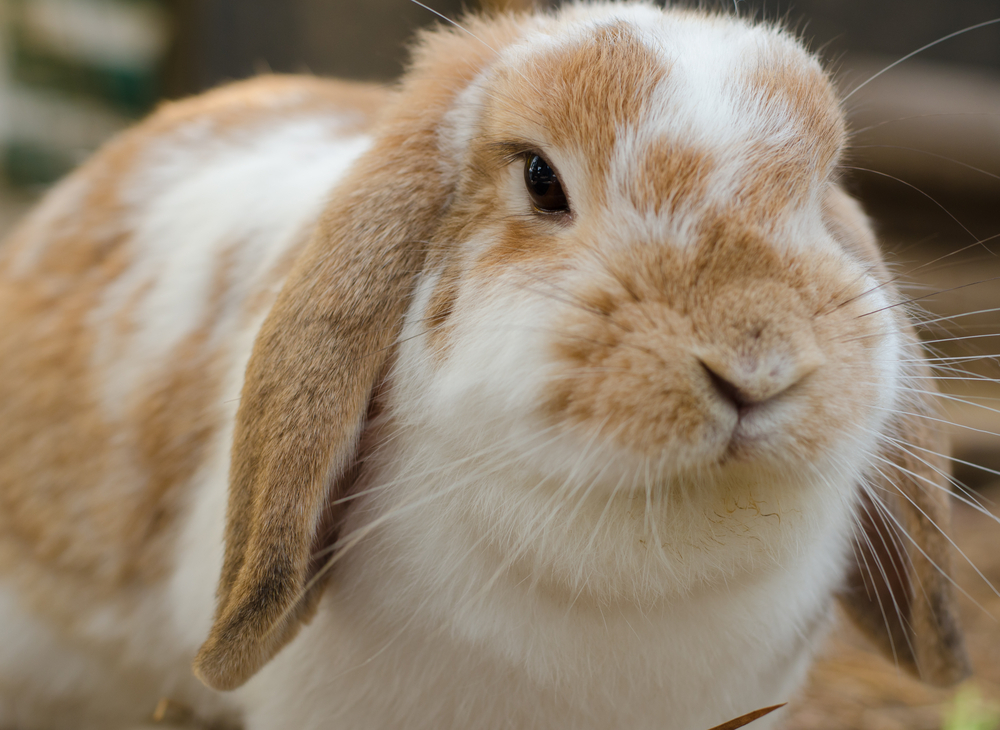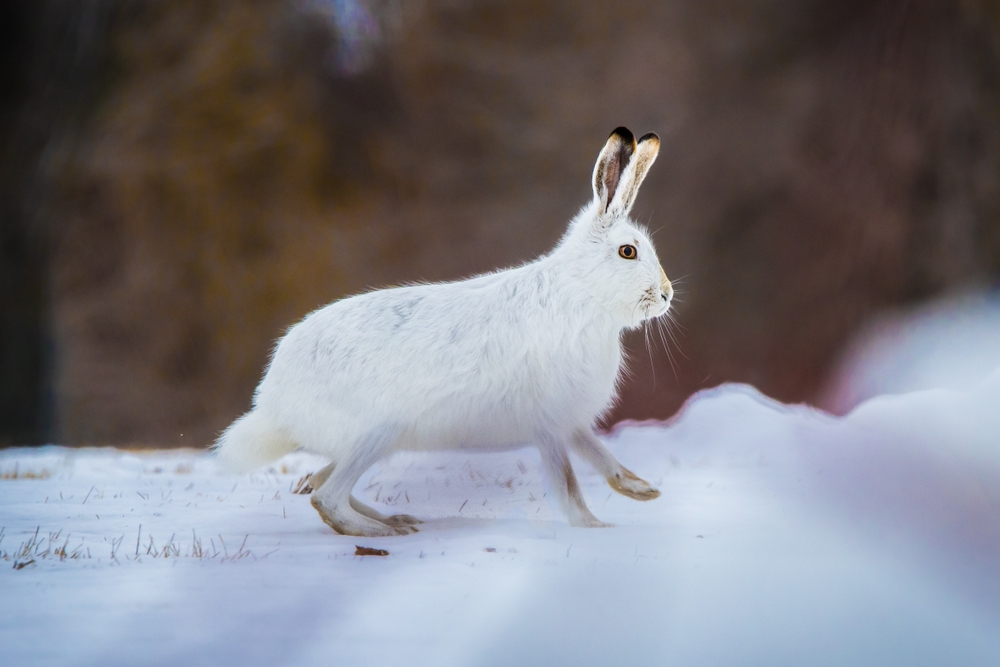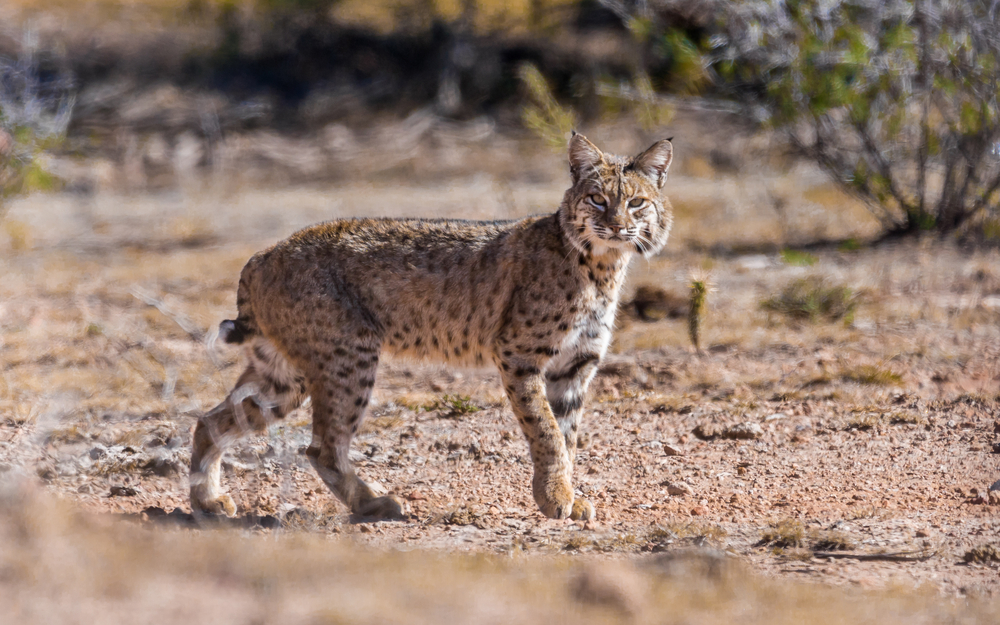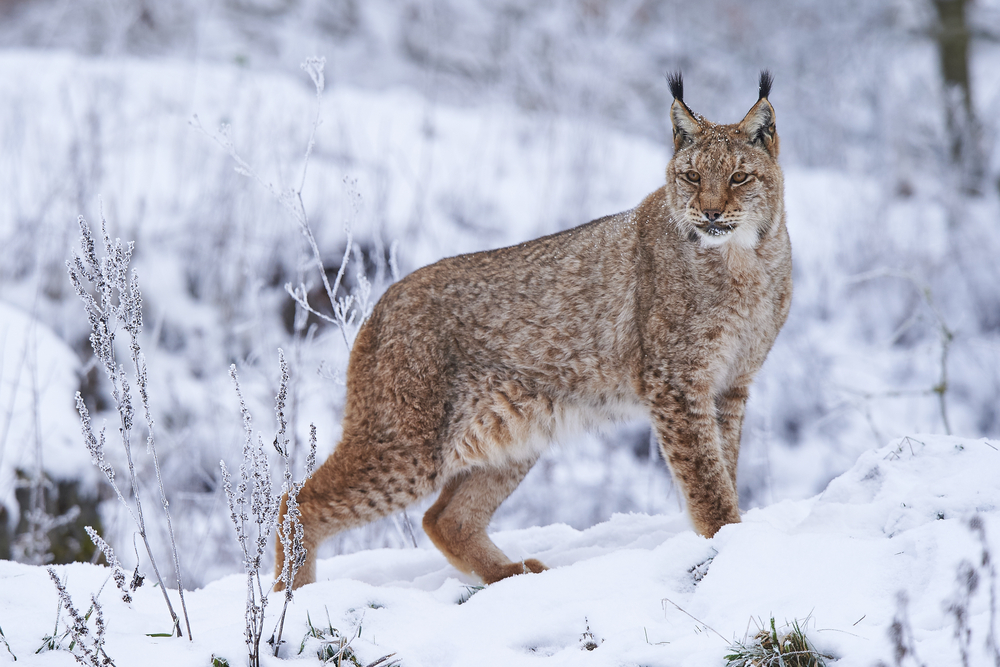About
#Mammals
The marsh rabbit (Sylvilagus palustris) is a semi-aquatic species of wild rabbit native to the southeastern United States, especially in coastal and wetland areas of Florida, Georgia, the Carolinas, and along the Gulf Coast. A member of the Leporidae family and closely related to the eastern cottontail, the marsh rabbit is specially adapted to life in swamps, marshes, and wet woodlands.
Smaller and darker than the eastern cottontail, adult marsh rabbits typically weigh 1.2–2 kilograms (2.6–4.4 pounds). They have short, dark brown fur with a reddish nape, small rounded ears, and a dark grayish tail that lacks the white “cotton” puff seen in other cottontails. Their hind legs are relatively short for a rabbit, giving them a slower, more deliberate hopping gait—better suited for maneuvering through dense, wet vegetation.
Marsh rabbits are strong swimmers and are often seen wading or swimming through shallow waters to escape predators or reach feeding areas. Their diet includes grasses, sedges, aquatic plants, and shoots. They are most active at dawn and dusk (crepuscular), and spend daylight hours hidden in thick underbrush or reed beds.
Unlike their dryland relatives, marsh rabbits often build nests in elevated grass or under brush piles to protect against flooding. Females can have several litters per year, with 2–4 young per litter. These rabbits are preyed upon by alligators, snakes, bobcats, and birds of prey.
Though not currently endangered, marsh rabbits face habitat loss from wetland drainage, development, and invasive predators like the Burmese python in Florida.
Threatened:
Extinct
Critically Endangered
Endangered
Vulnerable
Near Threatened
Least Concern



































































